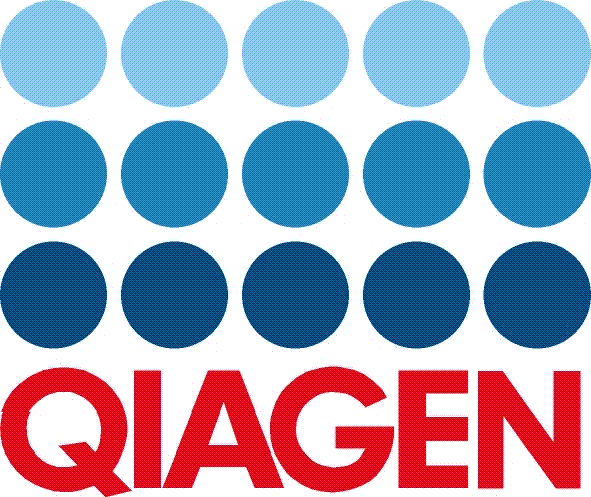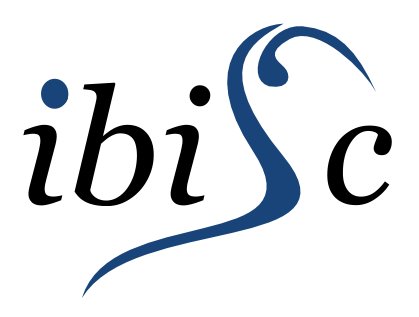Team:Paris
From 2008.igem.org
| (233 intermediate revisions not shown) | |||
| Line 1: | Line 1: | ||
{{Paris/Menu}} | {{Paris/Menu}} | ||
| - | <center>' | + | <html><div style="text-align:justify; background: url(https://static.igem.org/mediawiki/2008/f/fc/IGEM_PARIS_2008_fond4.jpg); background-repeat:no-repeat; margin=0;"></html> |
| + | <br> | ||
| + | <center><html><div style="color:#275D96; font-size:4em;">The BacteriO'Clock</div></html> | ||
| + | <br/> | ||
| + | <div style="font-size: 2em;">by the <html><a alt="Team" title="Discover our team !" style="text-decoration: underline;" href="https://2008.igem.org/Team:Paris/Team">Paris iGEM Team</a></html></div> | ||
| + | <br> | ||
| + | <html> | ||
| + | <embed width="320" height="240" src="http://biosynthetique.free.fr/videos/flv_player/flvplayer.swf?autostart=true&repeat&file=http://biosynthetique.free.fr/videos/out2.flv" quality="high" type="application/x-shockwave-flash" allowfullscreen="true" /> | ||
| + | </html> | ||
| + | </center> | ||
| - | + | <br> | |
| - | + | <br> | |
| - | + | Have you ever dreamed of a new way of thinking everyday life objects? Be sure, this could one day become true, under the form of our '''BacteriO'Clock !''' A simple test tube containing our modified bacteria might give you the time, directly from living organisms, the hours of the day being '''color-coded''', and '''oscillations''' ensuring the repeated periodic behavior. Inspired by the flagellar motor machine, our clock at this stage of developpement serves as a '''chassis''' to be used in building future modular molecular machines in an optimized and coordinated manner. It may serve as well to control in an optimized fashion '''multi-reaction pathways'''. | |
| - | + | <br> | |
| + | To achieve this incredible project, we relied on a well characterized genetic structure that allows a specific sequence of fluorescent proteins expression to occur in a First In - First Out order. This '''FIFO''' behavior enables us to define a rich color encoding of day time. An additional negative feedback loop generates clock oscillations! | ||
| + | <br><br> | ||
| + | Based on in-depth studies and experimentally measured parameters we developed predictive models that suggest that this core system is not likely to demonstrate stable oscillations due to damping phenomenon leading to a stationary steady-state. Importantly, our modeling approach provided us with alternative improved designs that should lead in principle to an optimized '''BacteriO'Clock'''. In particular, this is achieved through '''synchronization at the population level''' by adopting a quorum sensing feedback mediated by HSL production that enforces a necessary delay and provides an elegant cellular synchronization mechanism : | ||
| + | <br> | ||
| + | <center><html><a href="https://2008.igem.org/Team:Paris/Project" alt="Project" title="Learn more about our project !"><img width=350px src="https://static.igem.org/mediawiki/2008/5/58/Unimo.png" /></a></html></center> | ||
| - | |||
| - | ''If you | + | In a nutshell, the new trendy item which will make every biologist in your lab jealous will soon be available. Through a long-cloning period, '''we now have all biobricks needed and much of the final constructions'''. Furthermore, we initiated an extensive characterization plan of these parts. If you manage to wait for the updates, you might even get the version that automatically reacts to daylight saving time ;) |
| - | |||
| - | |||
| - | |||
| - | |||
| - | |||
| - | |||
| - | |||
| - | + | <center><html><a title="Discover our team !" href="https://2008.igem.org/Team:Paris/Team"><img style="padding: 5px; border: orange dashed 1px;" src="https://static.igem.org/mediawiki/2008/1/19/ParisTeam.jpg" width="300px" /></a></html> | |
| - | + | ||
| - | + | ||
| + | [[Team:Paris/Notebook/Freezer|Freezer]] || [[Team:Paris/Notebook|Notebook]] | ||
| + | </center> | ||
| + | <br> | ||
| + | {{Paris/Header|We are extremely grateful to the organizations that support our project:}} | ||
| + | {| | ||
| + | |width=25%| [[Image:bettencourt.png]] | ||
| + | |||
| + | Bettencourt-Schueller Foundation | ||
| + | |||
| + | [http://www.fondationbs.org/ www.fondationbs.org] | ||
| + | |||
| + | |width=25%| [[Image:Logocri.jpg|115px]] | ||
| + | |||
| + | Centre de Recherches Interdisciplinaires | ||
| + | |||
| + | [http://www.cri-paris.org/fr/cri/ www.cri-paris.org/fr/cri/] | ||
| + | |||
| + | |width=25%| [[Image:LogoPCU1.jpg|100px]] | ||
| + | |||
| + | Paris Centre universités | ||
| + | |||
| + | [http://www.pariscentreuniversites.fr/ www.pariscentreuniversites.fr] | ||
| + | |||
| + | |- | ||
| + | |- | ||
| + | |- | ||
| + | |||
| + | |[[Image:Embassy.png|250px]] | ||
| + | |||
| + | Embassy of France in the United States | ||
| + | |||
| + | [http://www.ambafrance-us.org/ www.ambafrance-us.org] | ||
| + | |||
| + | |[[Image:FacMed.png|140px]] | ||
| + | Faculté de Médecine Université Paris Descartes | ||
| + | |||
| + | [http://www.medecine.univ-paris5.fr/ www.medecine.univ-paris5.fr] | ||
| + | |||
| + | |[[Image:Qiagen.GIF|60px]] | ||
| + | |||
| + | Qiagen | ||
| + | |||
| + | [http://www.qiagen.com/ www.qiagen.com/] | ||
| + | |- | ||
| + | |- | ||
| + | |- | ||
| + | |||
| + | |[[Image:Ibisc.jpeg|100px]] | ||
| + | |||
| + | Ibisc Laboratory | ||
| + | |||
| + | [http://www.ibisc.univ-evry.fr/ www.ibisc.univ-evry.fr] | ||
| + | |||
| + | |||
| + | |[[Image:Gdrbim.jpg|100px]] | ||
| + | |||
| + | GdR BiM | ||
| + | |||
| + | [http://www.gdr-bim.u-psud.fr/ www.gdr-bim.u-psud.fr] | ||
| + | |||
| + | |[[Image:Logo INRIA.jpg|180px]] | ||
| + | |||
| + | INRIA | ||
| + | |||
| + | [http://www.inria.fr/ www.inria.fr] | ||
| + | |||
| + | |} | ||
| + | <hr /> | ||
| + | <center> | ||
| + | <html> | ||
| + | <a href="http://www4.clustrmaps.com/counter/maps.php?url=https://2008.igem.org/Team:Paris" id="clustrMapsLink"> | ||
| + | <img src="http://www4.clustrmaps.com/counter/index2.php?url=https://2008.igem.org/Team:Paris" border="0" onerror="this.onerror=null; this.src='http://www2.clustrmaps.com/images/clustrmaps-back-soon.jpg'; document.getElementById('clustrMapsLink').href='http://www2.clustrmaps.com';" /> | ||
| + | </a> | ||
| + | <br /> | ||
| + | <a href="http://www.easycounter.com/"> | ||
| + | <img src="http://www.easycounter.com/counter.php?bloup" border="0" /> | ||
| + | </a> | ||
| + | </html> | ||
| + | <br> | ||
| + | [[Team:Paris/Museum|Have fun visiting our old wiki!]]</center> | ||
Latest revision as of 12:24, 2 April 2009
|
The BacteriO'Clock
by the Paris iGEM Team


We are extremely grateful to the organizations that support our project:
|
 "
"






